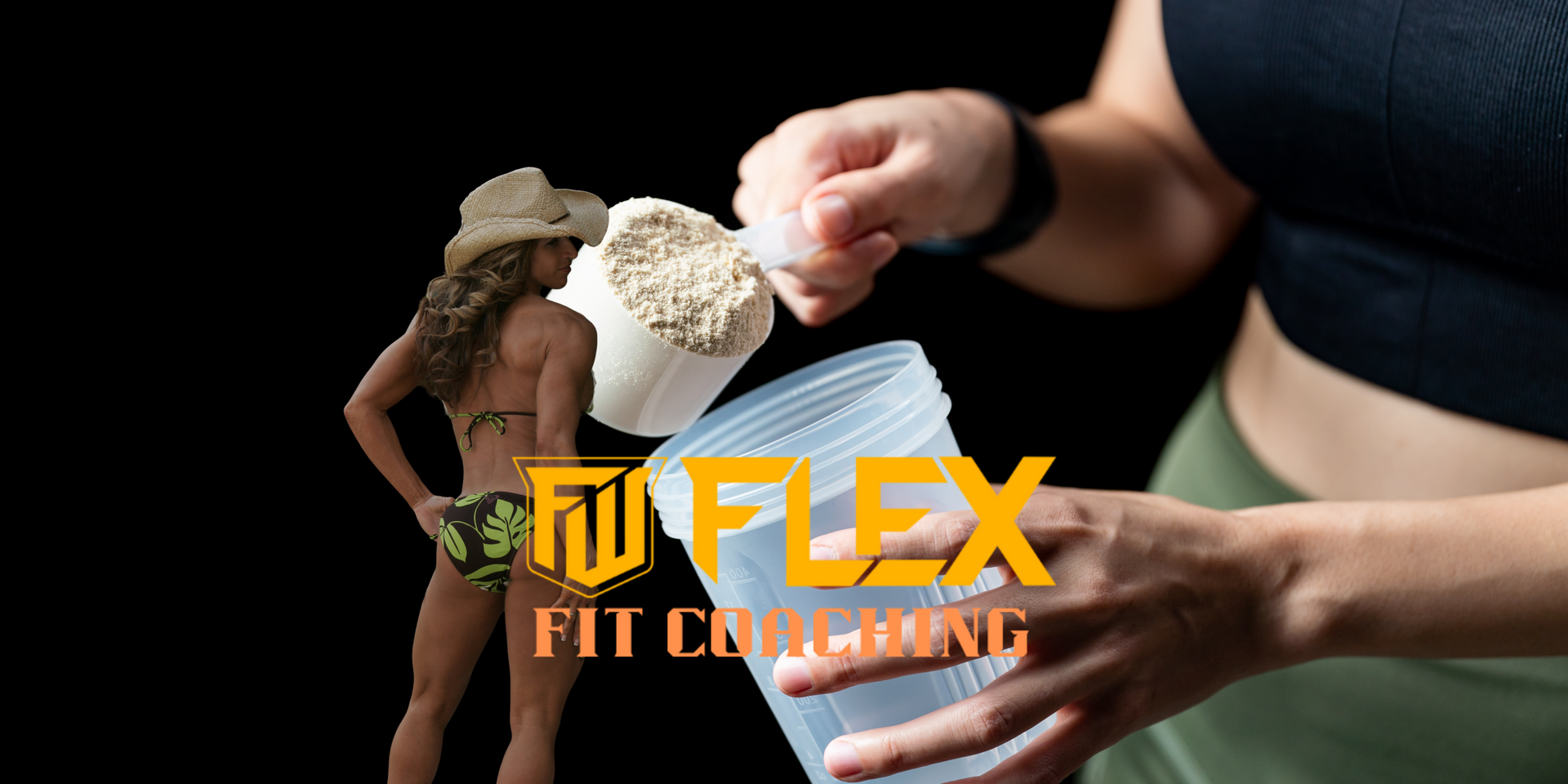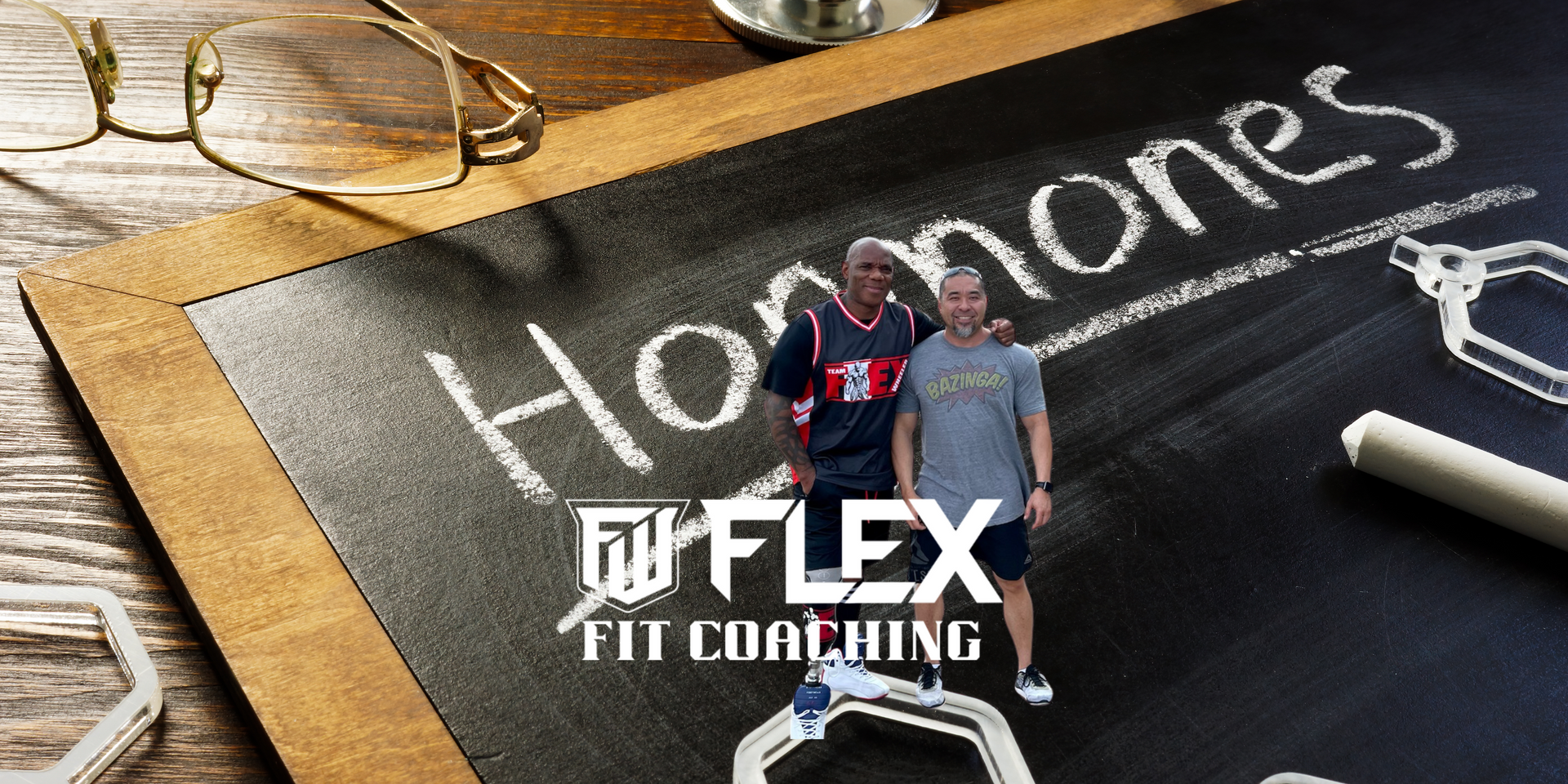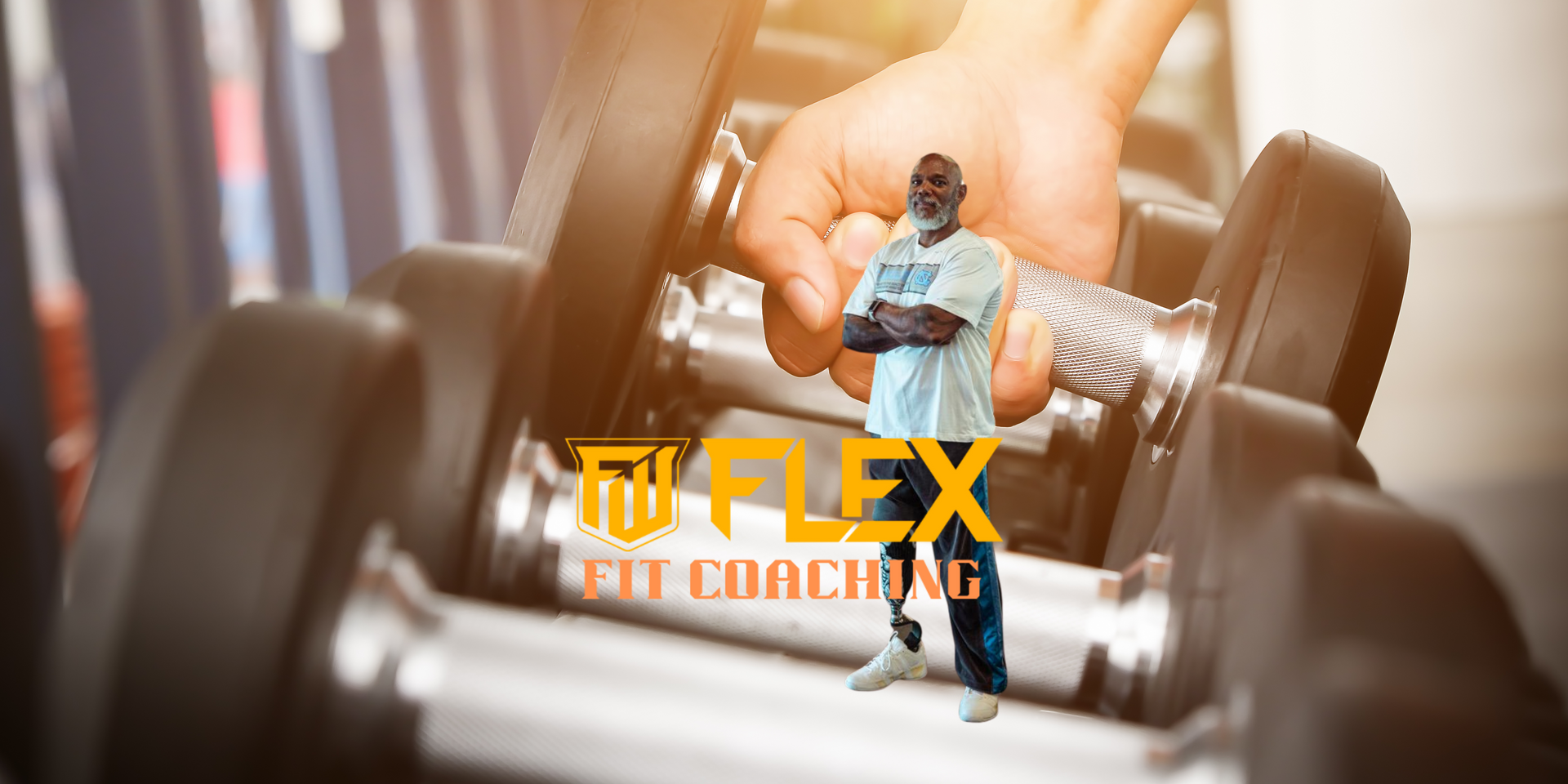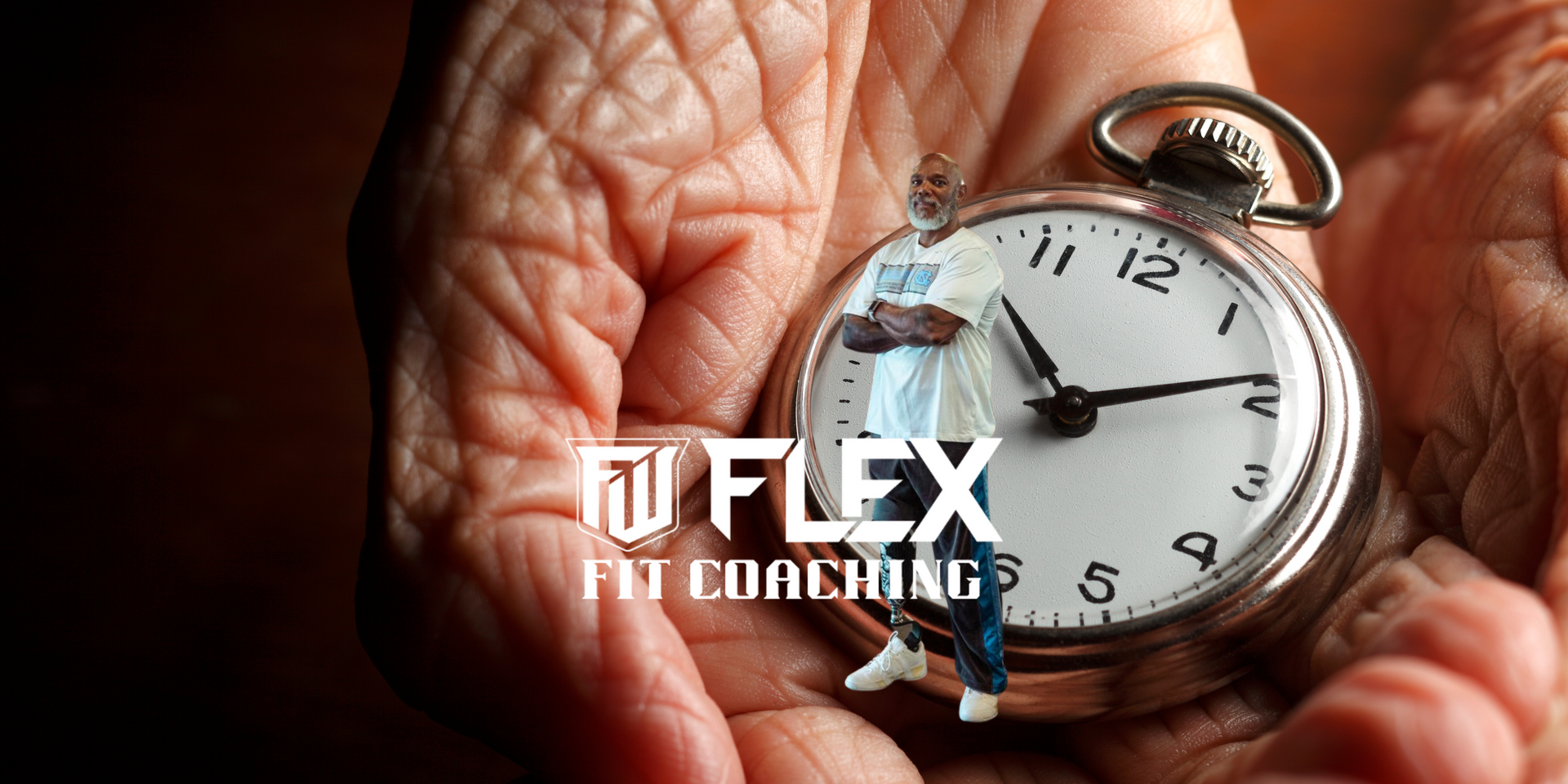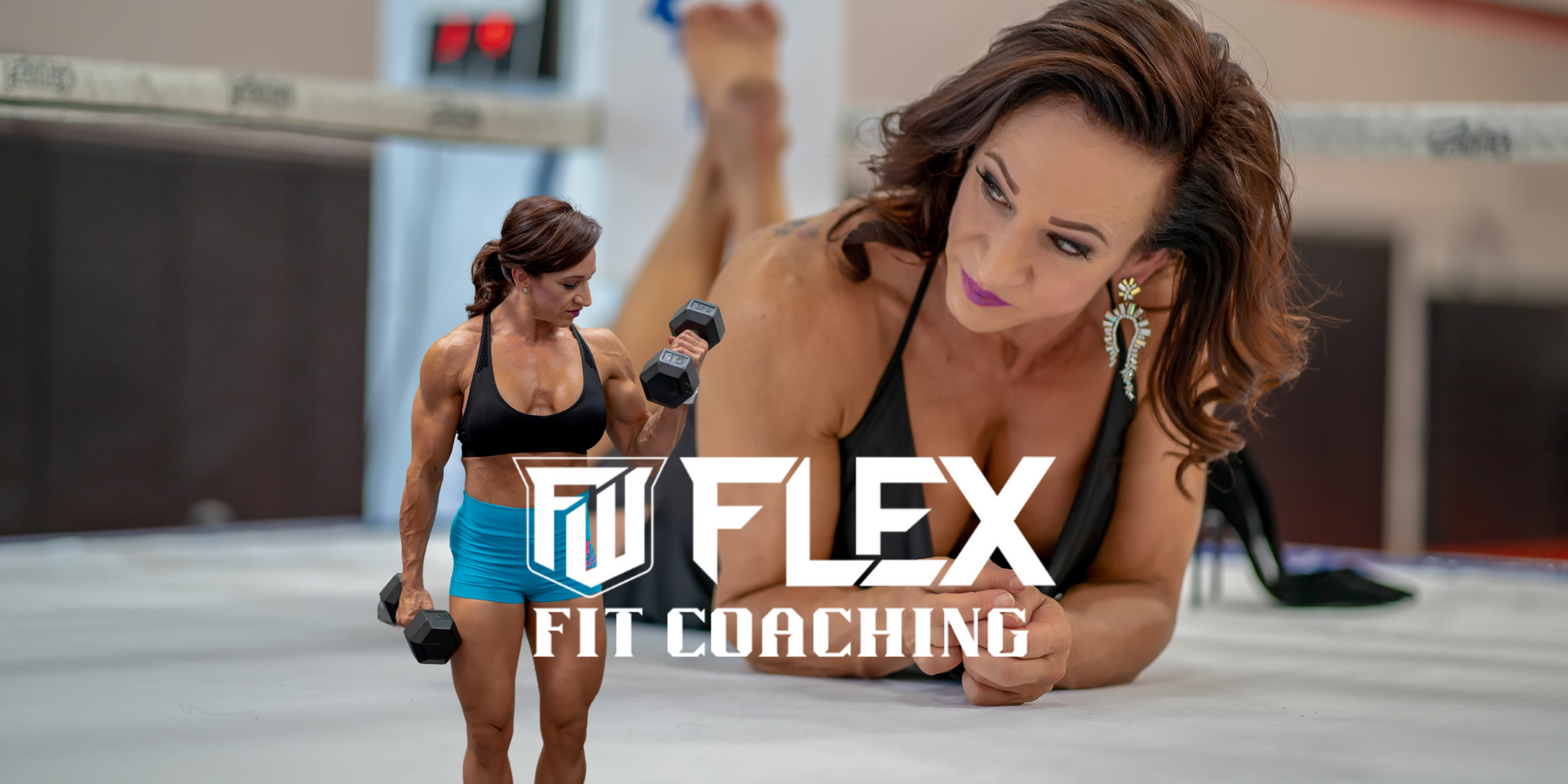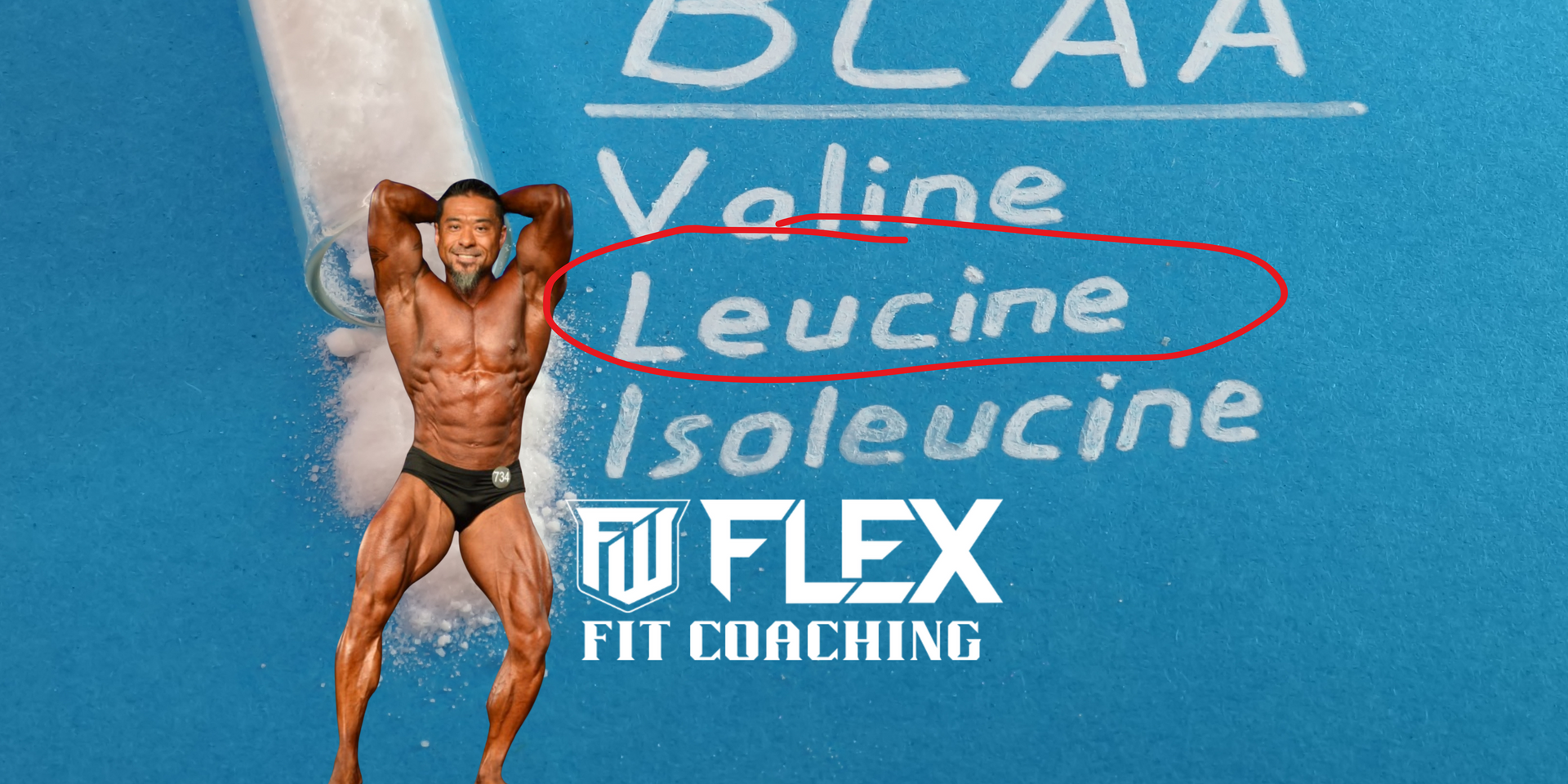The Secret to My Power: Why Squats Are the Foundation of My Strength
Squat Variations That Build Strength and Power
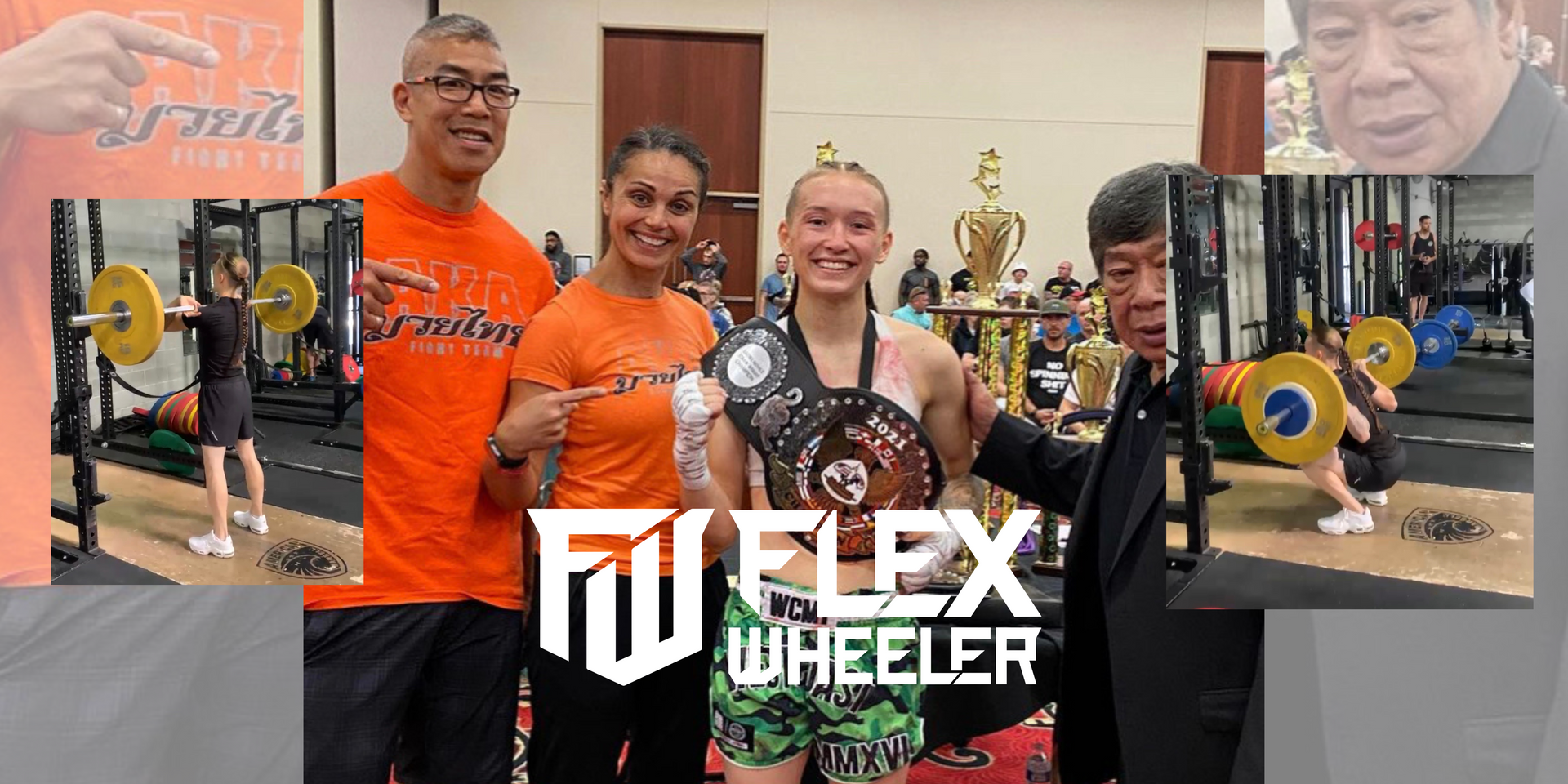
The Secret to My Power: Why Squats Are the Foundation of My Strength
As a current undefeated Muay Thai fighter training out of the American Kickboxing Academy, training isn’t just something I do—it’s a way of life. I’m known for my strength and power in the ring, and people often ask me how I developed it. The answer? Squats.
I grew up in gyms. Fitness and strength training have been part of my life since childhood. My father is a strength coach for Flex Wheeler Fitness, my stepmother is a former IFBB Figure pro, and my sisters both play travel hockey. Training wasn’t optional in my household—it was a given. But despite all the different styles of training I’ve been exposed to, squats have always been at the core of my strength-building regimen.
Why Squats?
Squats aren’t just another leg exercise. They are a full-body movement that builds explosive power, stability, and endurance—all of which are crucial for Muay Thai. Every strike, every kick, every defensive move relies on a strong foundation, and that foundation starts with my legs and core.
Research consistently highlights the squat as a cornerstone exercise for developing lower body strength and power. A comprehensive review in the International Journal of Sports Physical Therapy emphasizes that squats are fundamental in both rehabilitation and sports performance settings, primarily due to their ability to engage multiple muscle groups simultaneously, including the hip and knee extensors. Additionally, a study published in Frontiers in Sports and Active Living analyzed the biomechanics of back squats under varying loads, concluding that squats enhance muscle strength, coordination, and stability—key components for explosive movements in Muay Thai.
Squat Variations That Build Strength and Power
1. Back Squats
The king of all exercises. Back squats build raw strength in the legs, glutes, and core. They’ve helped me develop the power behind my kicks and the ability to absorb strikes without losing my balance. A study in the Journal of Men’s Health highlights that squat-based training improves muscle stiffness and strength, making it essential for combat athletes.
2. Front Squats
These focus more on quad development and core stability. They require greater mobility and help reinforce posture—essential for staying upright and balanced during fights. Research published in BMC Sports Science, Medicine and Rehabilitation suggests that modifying squat stance and foot placement can optimize muscle engagement for athletic performance.
3. Bulgarian Split Squats
Unilateral strength is key in Muay Thai. Bulgarian split squats target each leg individually, improving balance and reducing the risk of injury. Studies have also shown that single-leg exercises enhance functional strength and prevent muscular imbalances, which are common in combat sports.
4. Jump Squats/Olympic Lifts
Explosiveness is critical in the ring. Jump squats develop fast-twitch muscle fibers, helping me generate quick, powerful movements whether I’m throwing a kick or evading a strike. A study focusing on Olympic weightlifting derivatives demonstrated improvements in kicking performance among combat athletes, further reinforcing the role of explosive squat training in striking sports.
How Squats Have Transformed My Performance
Incorporating these squat variations into my training has given me an edge in my fights. Strong legs mean I can generate more force behind my strikes. A solid core keeps me stable when I throw kicks or take hits. And overall lower-body endurance ensures I stay powerful throughout the fight.
For anyone looking to develop real strength—not just for show, but for performance—squats should be a non-negotiable part of your training. Whether you’re a fighter, an athlete, or just someone who wants to build resilience, mastering squats is one of the best things you can do.
So next time you hit the gym, don’t skip leg day. Your power starts from the ground up.
Neely Nagaye
Flex Wheeler Nutrition Athlete
